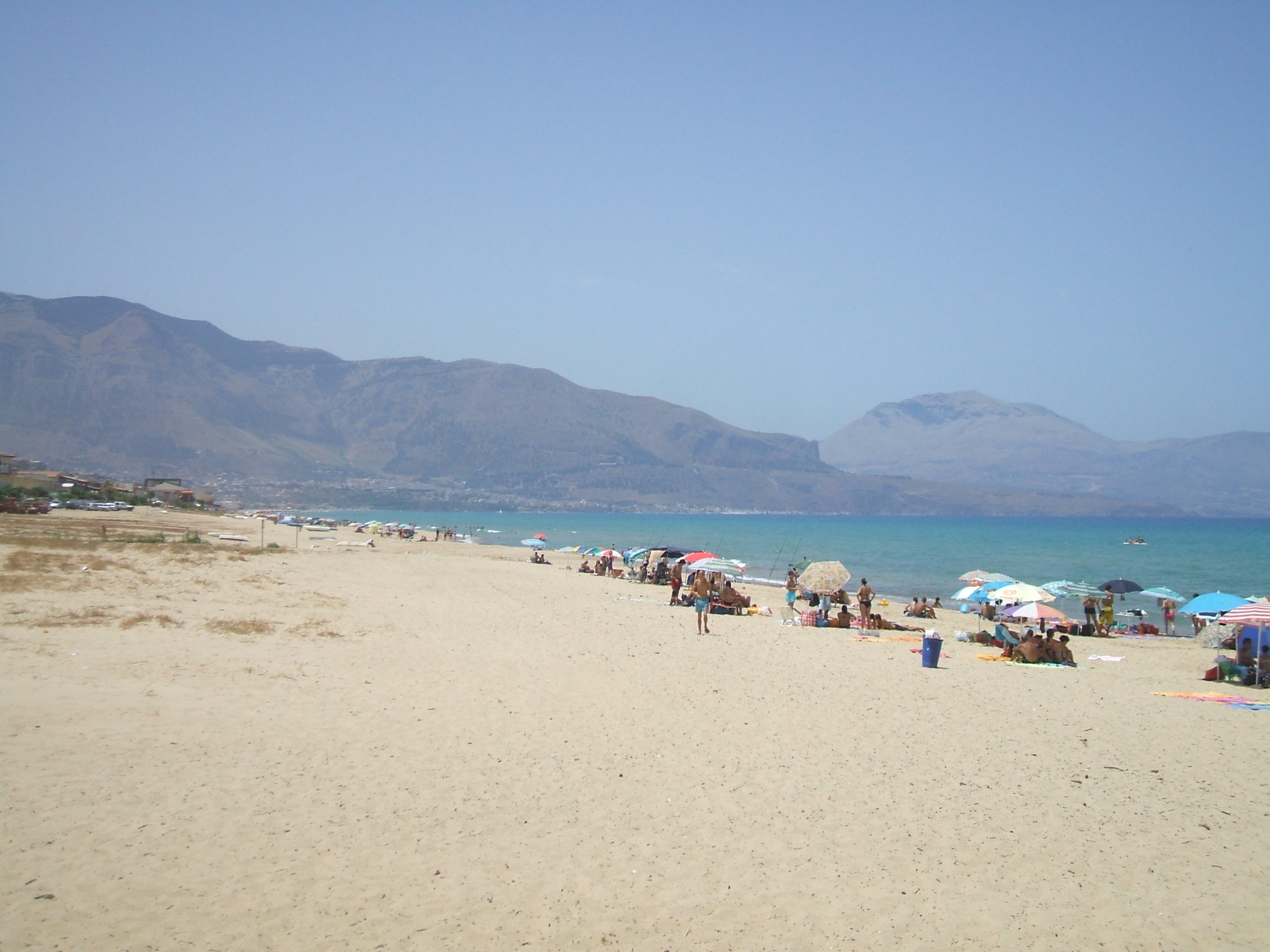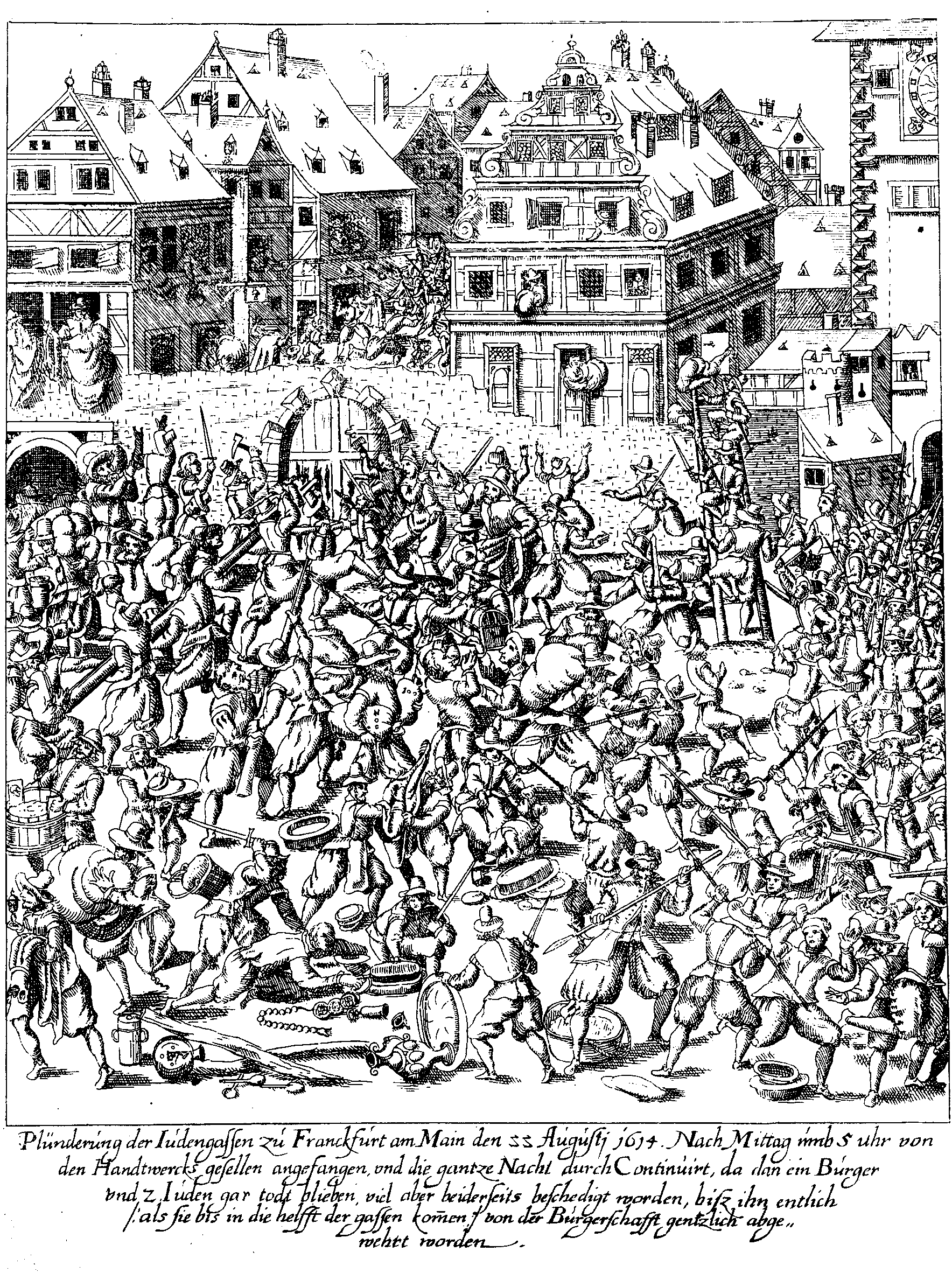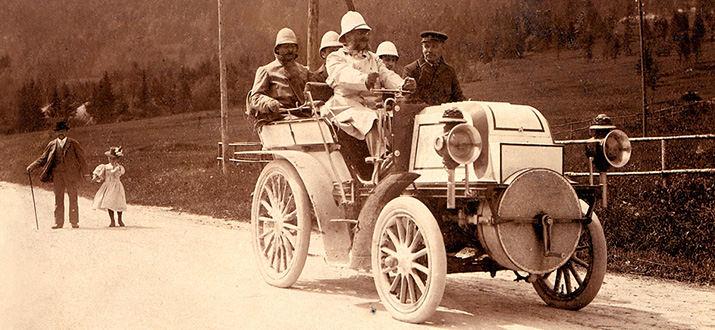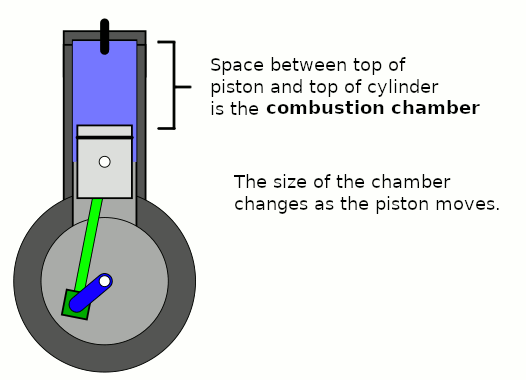|
Roman Furnaces In Alcamo
The Roman furnaces in Alcamo are part of the archaeological complex of Alcamo Marina (in contrada Foggia) and were discovered in 2000. This ancient production centre has international importance, both for its extension and the quality of preservation. Discovery and excavation The first Industrial furnace, furnace was accidentally discovered in 2000 during some excavations for some future building works planned on the spot. After stopping these works, the Faculty of Conservation for Cultural heritage of University of Bologna (seat of Ravenna), the Sicilian Regional Department for Cultural heritage and the Fine Arts Department (Soprintendenza dei Beni Culturali) of Trapani stipulated a Convention and the work of research started. The project manager was professor Dario Giorgetti, the teacher of Roman History and ancient topography at Bologna University, together with some students from the faculty of Ravenna and others from the three-years course of Naval Archaeology of Trapani. ... [...More Info...] [...Related Items...] OR: [Wikipedia] [Google] [Baidu] |
Alcamo
Alcamo (; ) is the fourth-largest town and communes of Italy, commune of the Province of Trapani, Sicily, with a population of 44.925 inhabitants. It is on the borderline with the Metropolitan City of Palermo at a distance of about 50 kilometres from Palermo and Trapani. Nowadays the town territory includes an area of 130,79 square kilometres and is the second municipality as for population density in the province of Trapani, after Erice. Alcamo is bounded by the Tyrrhenian Sea on the north, Balestrate and Partinico on the east, Camporeale on the south and Calatafimi-Segesta and Castellammare del Golfo on the west. Its most important hamlet is Alcamo Marina at about 6 kilometres from the town centre. Together with other municipalities it takes part in the ''Associazione Città del Vino'', the movement ''Patto dei Sindaci'', ''Progetto Città dei Bambini'', ''Rete dei Comuni Solidali'' and ''Patto Territoriale Golfo di Castellammare''. Geography Territory Alcamo is situat ... [...More Info...] [...Related Items...] OR: [Wikipedia] [Google] [Baidu] |
Looting
Looting is the act of stealing, or the taking of goods by force, typically in the midst of a military, political, or other social crisis, such as war, natural disasters (where law and civil enforcement are temporarily ineffective), or rioting. The proceeds of all these activities can be described as booty, loot, plunder, spoils, or pillage. Looting by a victorious army during war has been a common practice throughout recorded history. In the wake of the Napoleonic Wars and particularly after World War II, norms against wartime plunder became widely accepted. In modern armed conflicts, looting is prohibited by international law, and constitutes a war crime.Rule 52. Pillage is prohibited. ''Customary IHL Database'', International Committee of the Red Cross (ICRC)/Cambridge University Press. |
Termini Imerese
Termini Imerese (; ) is a town of the Metropolitan City of Palermo on the northern coast of Sicily, in Italy. It is one of the most important towns of the Metropolitan City of Palermo, from which it is 33 km away. The town is easily reachable through its well developed infrastructures: there are three highway exits along the A19, its station is the meeting point between all of the Sicilian railway lines and its seaport links the town with other important maritime Italian cities. It has a judicial district. It is culturally interesting for the close Greek ruins of Himera, its numerous churches, Roman ruins, prehistorical finds and the annual celebration of the Carnival, one of the oldest in Italy. In the heart of the old town, at its lower level, there are the thermal baths of the Grand Hotel delle Terme, where precious hot waters have flowed since Roman age. In the areas of Termini and the near Sciara and Caccamo is the Oriented Nature Reserve of Mount St. Calogero, located ... [...More Info...] [...Related Items...] OR: [Wikipedia] [Google] [Baidu] |
Villa
A villa is a type of house that was originally an ancient Roman upper class country house that provided an escape from urban life. Since its origins in the Roman villa, the idea and function of a villa have evolved considerably. After the fall of the Roman Republic, villas became small farming compounds, which were increasingly fortified in Late Antiquity, sometimes transferred to the Church for reuse as a monastery. They gradually re-evolved through the Middle Ages into elegant upper-class country homes. In the early modern period, any comfortable detached house with a garden near a city or town was likely to be described as a villa; most surviving villas have now been engulfed by suburbia. In modern parlance, "villa" can refer to various types and sizes of residences, ranging from the suburban semi-detached double villa to, in some countries, especially around the Mediterranean, residences of above average size in the countryside. Roman Roman villas included: * the ' ... [...More Info...] [...Related Items...] OR: [Wikipedia] [Google] [Baidu] |
Entrepreneurs
Entrepreneurship is the creation or extraction of economic value in ways that generally entail beyond the minimal amount of risk (assumed by a traditional business), and potentially involving values besides simply economic ones. An entrepreneur () is an individual who creates and/or invests in one or more businesses, bearing most of the risks and enjoying most of the rewards. The process of setting up a business is known as "entrepreneurship". The entrepreneur is commonly seen as an innovator, a source of new ideas, goods, services, and business/or procedures. More narrow definitions have described entrepreneurship as the process of designing, launching and running a new business, often similar to a small business, or (per ''Business Dictionary'') as the "capacity and willingness to develop, organize and manage a business venture along with any of its risks to make a profit". The people who create these businesses are often referred to as "entrepreneurs". In the field of ... [...More Info...] [...Related Items...] OR: [Wikipedia] [Google] [Baidu] |
Clay
Clay is a type of fine-grained natural soil material containing clay minerals (hydrous aluminium phyllosilicates, e.g. kaolinite, ). Most pure clay minerals are white or light-coloured, but natural clays show a variety of colours from impurities, such as a reddish or brownish colour from small amounts of iron oxide. Clays develop plasticity (physics), plasticity when wet but can be hardened through Pottery#Firing, firing. Clay is the longest-known ceramic material. Prehistoric humans discovered the useful properties of clay and used it for making pottery. Some of the earliest pottery shards have been radiocarbon dating, dated to around 14,000 BCE, and Clay tablet, clay tablets were the first known writing medium. Clay is used in many modern industrial processes, such as paper making, cement production, and chemical filtration, filtering. Between one-half and two-thirds of the world's population live or work in buildings made with clay, often baked into brick, as an essenti ... [...More Info...] [...Related Items...] OR: [Wikipedia] [Google] [Baidu] |
Ditches
A ditch is a small to moderate trench created to channel water. A ditch can be used for drainage, to drain water from low-lying areas, alongside roadways or fields, or to channel water from a more distant source for plant irrigation. Ditches are commonly seen around farmland, especially in areas that have required drainage, such as The Fens in eastern England and much of the Netherlands. Roadside ditches may provide a hazard to motorists and cyclists, whose vehicles may crash into them and get damaged, flipped over, or stuck and cause major injury, especially in poor weather conditions and rural areas. Etymology In Anglo-Saxon, the word ''dïc'' already existed and was pronounced ("deek") in northern England and "deetch" in the south. The origins of the word lie in digging a trench and forming the upcast soil into a bank alongside it. This practice has meant that the name ''dïc'' was given to either the excavation or the bank, and evolved to both the words "dike"/"dyke" ... [...More Info...] [...Related Items...] OR: [Wikipedia] [Google] [Baidu] |
Combustion Chamber
A combustion chamber is part of an internal combustion engine in which the air–fuel ratio, fuel/air mix is burned. For steam engines, the term has also been used for an extension of the Firebox (steam engine), firebox which is used to allow a more complete combustion process. Internal combustion engines In an internal combustion engine, the pressure caused by the burning air/fuel mixture applies direct force to part of the engine (e.g. for a piston engine, the force is applied to the top of the piston), which converts the gas pressure into mechanical energy (often in the form of a rotating output shaft). This contrasts an external combustion engine, where the combustion takes place in a separate part of the engine to where the gas pressure is converted into mechanical energy. Spark-ignition engines In spark ignition engines, such as petrol engine, petrol (gasoline) engines, the combustion chamber is usually located in the cylinder head. The engines are often designed such ... [...More Info...] [...Related Items...] OR: [Wikipedia] [Google] [Baidu] |
Firewood
Firewood is any wooden material that is gathered and used for fuel. Generally, firewood is not heavily processed, and is in some sort of firelog, recognizable log or branch form, compared to other forms of wood fuel like pellet fuel, pellets. Firewood can be seasoned and heat treated (dry) or unseasoned (fresh/wet). It is generally classified as either hardwood or softwood. Firewood is a renewable resource. However, demand for this fuel can outpace its ability to regenerate on a local or regional level. Good forestry practices and improvements in devices that use firewood can improve local wood supplies. Smoke from fire created by burning wood causes respiratory and other diseases. Moreover, transporting firewood long distances can potentially spread plant pests/diseases and invasive species. History For most of human history, firewood was the main fuel, until the use of coal spread during the Industrial Revolution. As such, access to firewood was a valued resource, with E ... [...More Info...] [...Related Items...] OR: [Wikipedia] [Google] [Baidu] |
Calcarenite
Calcarenite is a type of limestone that is composed predominantly, more than 50 percent, of detrital (transported) sand-size (0.0625 to 2 mm in diameter), Carbonate rock, carbonate grains. The grains consist of sand-size grains of either corals, Seashell, shells, ooids, intraclasts, Pellets (petrology), pellets, fragments of older limestones and Dolomite (rock), dolomites, other carbonate grains, or some combination of these. Calcarenite is the carbonate equivalent of a sandstone. The term calcarenite was originally proposed in 1903 by Amadeus William Grabau, GrabauGrabau, A.W. (1903) ''Paleozoic coral reefs.'' Geological Society of America Bulletin. vol. 14, pp. 337-352.Grabau, A.W. (1904) ''On the classification of sedimentary rocks.'' American Geologist. vol. 33, pp. 228-247. as a part of his calcilutite, calcarenite and calcirudite carbonate classification system based upon the size of the detrital grains composing a limestone.Flügel, E. (2010) ''Microfacies of Carbonate ... [...More Info...] [...Related Items...] OR: [Wikipedia] [Google] [Baidu] |
Brickwork
Brickwork is masonry produced by a bricklayer, using bricks and mortar. Typically, rows of bricks called '' courses'' are laid on top of one another to build up a structure such as a brick wall. Bricks may be differentiated from blocks by size. For example, in the UK a brick is defined as a unit having dimensions less than and a block is defined as a unit having one or more dimensions greater than the largest possible brick. Brick is a popular medium for constructing buildings, and examples of brickwork are found through history as far back as the Bronze Age. The fired-brick faces of the ziggurat of ancient Dur-Kurigalzu in Iraq date from around 1400 BC, and the brick buildings of ancient Mohenjo-daro in modern day Pakistan were built around 2600 BC. Much older examples of brickwork made with dried (but not fired) bricks may be found in such ancient locations as Jericho in Palestine, Çatal Höyük in Anatolia, and Mehrgarh in Pakistan. These structures have survived fr ... [...More Info...] [...Related Items...] OR: [Wikipedia] [Google] [Baidu] |







